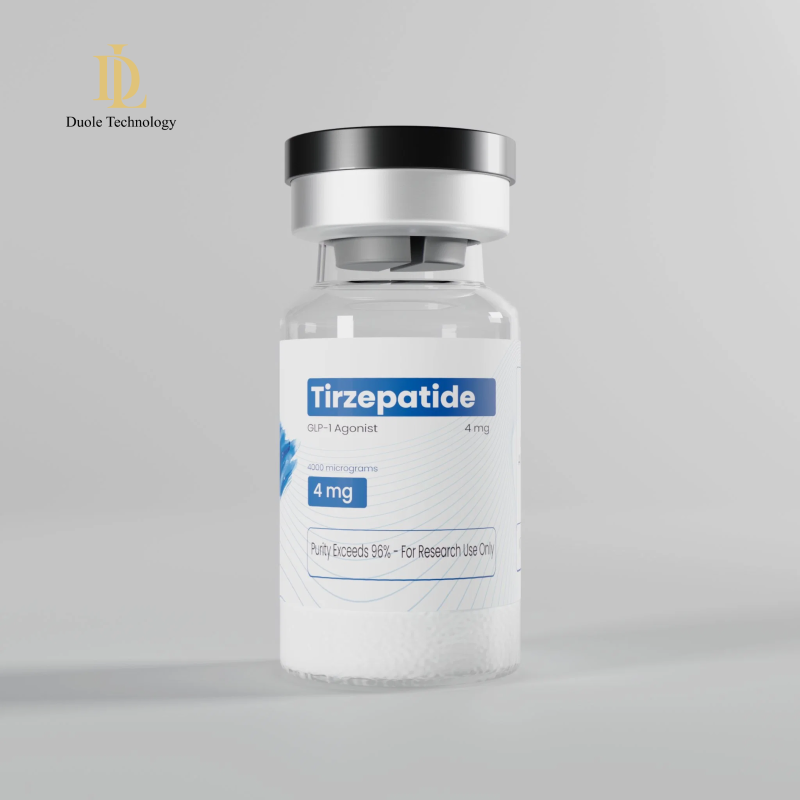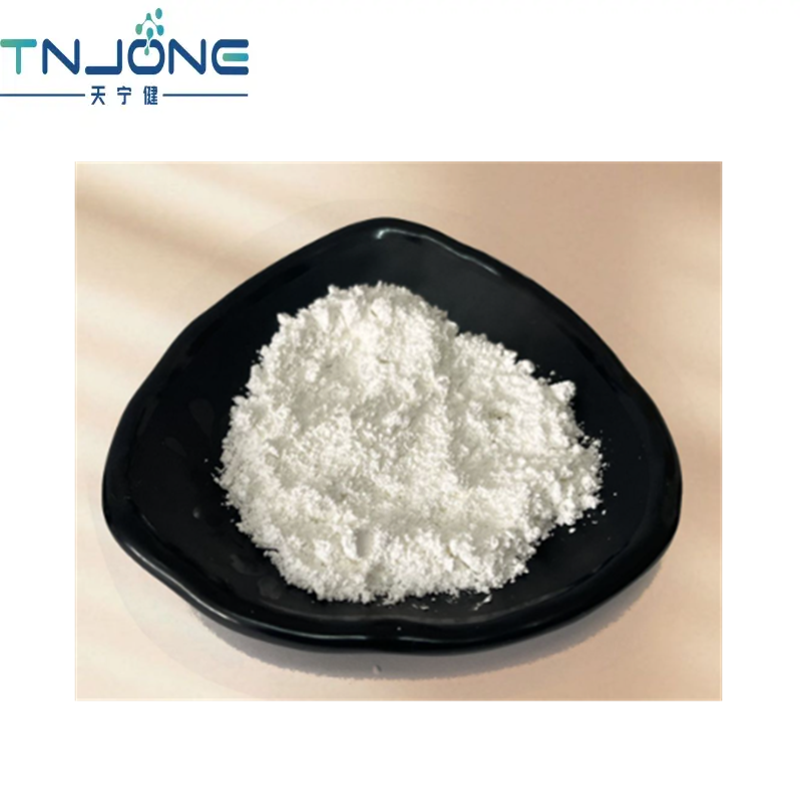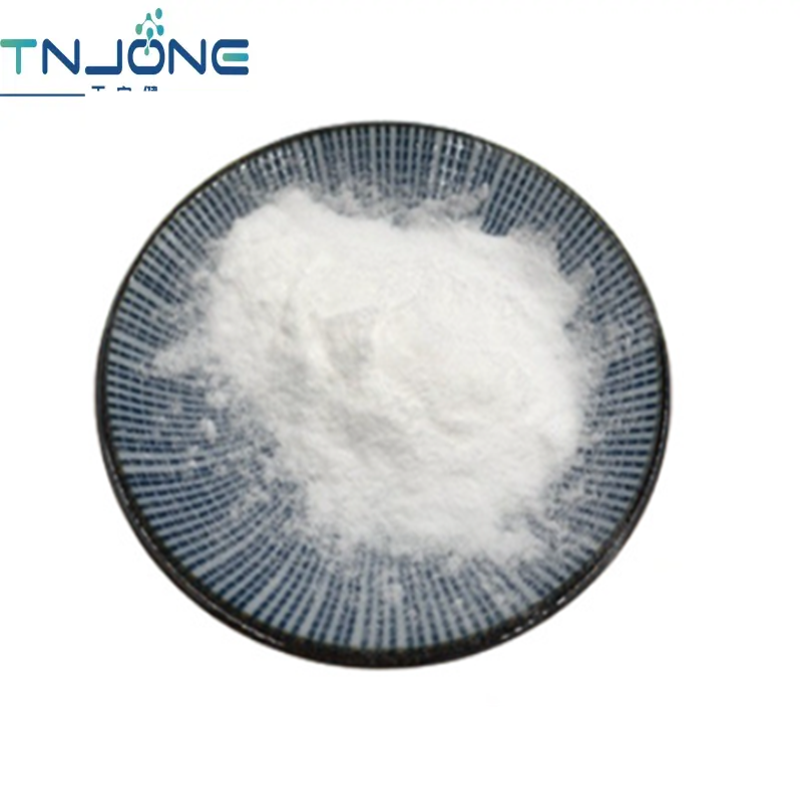The characteristics and selection of the structure of the water gate valve
-
Last Update: 2012-09-11
-
Source: Internet
-
Author: User
Search more information of high quality chemicals, good prices and reliable suppliers, visit
www.echemi.com
The structural characteristics of the three fine water gate valve slab valve slab valve characteristics: 1, the flat gate valve has two floating valve sits, each seat is designed to flow in both directions when the medium can be sealed, so the flat gate valve can not only achieve two-way sealing and can achieve import and export simultaneous sealing, the valve seat using "O" type seal seal seal and spring to apply pre-tight floating seat structure, when the valve is subject to pre-tightening force floating seat structure, when the valve is subject to pre-tight When the pressure of the medium cavity is greater than the pressure of the pipe, the pressure difference of the medium action on both sides of the seat will push the floating seat away from the gate, so that the medium cavity pressure is released into the pipeline through the gap between the gate and the seat, thus effectively protecting the safety of the valve, and the opening and closing torque of the structure is 1/2 of the ordinary valve, which can be easily opened and closed 2, the seat using the sealing surface inlaid PTFE, with PTFE on metal and metal to metal double seal, PTFE sealing surface at the same time clear the role of the gate removal Metal to metal hard seal has a strong seal, wash resistance, pipe media with a variety of suspended particles, will not have any effect on the sealing side, to ensure that no leakage, can fully automatically compensate for the wear of the seal ingressis, in high temperature sluices will not be due to expansion and stuck, and applicable to frequent switching places 3, flat gate valve body and valve cover design has a grease valve, sealing grease through the valve body can enter the seat seal surface, play an auxiliary sealing role, seal more reliable, to achieve zero leakage, sealing grease through the valve cover of the grease valve can be injected through the filler compartment between the valve stem and filler to play an auxiliary sealing role, so that the seal can reliably reach zero leakage 4, with a flow hole of the flat gate valve, whether fully open or fulloff gate always coincide with the sealing surface, the sealing surface is protected from the direct flushing of the medium, thereby extending the service life When the valve is fully open, the channel is smooth into a straight line, the coefficient of flow is very small, no pressure loss, and the pipe can be cleaned through the hairball 5, flat gate valve for the full ysealed structure, exposed valve stem protected by the protective housing, to prevent external impurities into the transmission device, the valve is equipped with a visual rail to indicate the valve opening and closing state 6, flat gate valve as the leading product of pipeline valve, because of the product's good sealing, high reliability, low manufacturing costs, so widely used
Drain gate valve, knife-type gate valve performance characteristics: 1, can be improved gate seal surface, can scrape off the adhesive on the sealing surface, automatic removal of debris;
2, stainless steel gate to prevent corrosion caused by seal leakage;
3, the whole stainless steel material, to prevent corrosion damage;
4, short structure length, can save raw materials, installation space, but also effectively support pipeline strength;
5, scientific sealing filler design, so that the upper seal safe and effective, durable;
6, the triangular bracket to save raw materials, to ensure that the need for strong mechanics;
7, the guide block on the valve body makes the gate move correctly Squeeze block to ensure effective sealing of the gate;
8, valve body reinforced rib design to improve the strength of the valve body;
9, stainless steel stem durable, double-headed screw to make the opening and closing of benefits more rapid;
10, can choose the drive mechanism;
11, V-type gate can be used as a regulator valve installation and use: 1, before installation must check the valve cavity and sealing surface and other parts, do not allow dirt or sand particles attached;
2, the connection parts of the bolts, requiring uniform tightening;
3, check the filler site requirements of compression, not only to ensure the sealing of the filler, but also to ensure that the opening of the panel flexible;
4, the user must proofread the valve model before installing the valve, connection size and pay attention to the flow of media, to ensure consistency with the valve requirements;
5, the user installs the valve, must preserve the necessary installation space driven by the valve;
6, the wiring of the drive device must be carried out according to the line map;
7, valves must be regularly maintained, not casual collision and extrusion, so as not to affect sealing performance The construction and installation of the cut-off valve is introduced: The structure of the cut-off valve is more complex, but the practical operation is simple and labor-saving, in the regulation of flow and cut-off channel has a better performance, slow start-and-close speed rarely appearwater hammer phenomenon The cut-off valve is compact and has more obvious features, with handwheels and stem on top of the valve and threaded and filler sealsections in the middle The cut-off valve is a valve that uses the stem lift to drive the valve head, thus changing the distance between the valve plate and the seat to achieve open-closed control, and the cut-off valve is a wide-ranging truncation valve used in chemical production Cut-off valve in the actual production is mainly used for water, steam, compressed air and other pipeline control, but should not be applied to the viscosity of the material easy to crystallize When using the cut-off valve to judge the valve opening and closing state of the main way is to observe the height of the valve stem exposed valve cover, in order to control the operation of the valve The part of the stem connected to the cover may have a gap and is prone to media leakage, which can be resolved by packing seals The valve stem thread of the small cut-off valve is located in the valve body, so in use more contact time with the medium is longer, easy to be corroded by the medium Therefore, in order to prevent the short service life of the cut-off valve, the chief engineer of the butterfly valve Lianquan believes that the installation of the cut-off valve to refer to the direction of the fluid, pay attention to keep the line fluid low-in, that is, from the bottom up through the valve port The purpose of this installation is to reduce fluid resistance in the valve body to reduce valve opening and closing force, while also maintaining the valve stem, filler letter does not come into contact with the media when the valve is closed, reducing the occurrence of damage and leakage
Cut-off valve in the installation and use, should pay attention to the following three points: 1, cut-off valve before opening should be leak inspection, to determine whether the valve is free of leakage defects, filler letter is not leak defects 2, the valve stop valve operation, such as can not be done by hand, can be replaced with a special F wrench, but in the case of f wrench still can not be opened, do not use an extended wrench to force open and close, in order to avoid valve damage or even safety accidents 3, the cut-off valve in the application of the medium pressure vapor line, before opening to carry out condensate exclusion, after the pipeline steam preheating, preheating pressure is maintained between 0.2 to 0.3MPA, the purpose of this is to avoid the temperature, sudden changes in pressure caused by seal damage, after determining the state of stability can be adjusted to the desired level
This article is an English version of an article which is originally in the Chinese language on echemi.com and is provided for information purposes only.
This website makes no representation or warranty of any kind, either expressed or implied, as to the accuracy, completeness ownership or reliability of
the article or any translations thereof. If you have any concerns or complaints relating to the article, please send an email, providing a detailed
description of the concern or complaint, to
service@echemi.com. A staff member will contact you within 5 working days. Once verified, infringing content
will be removed immediately.







